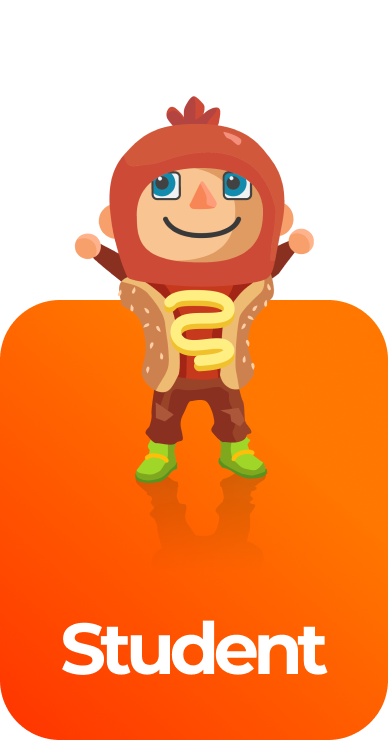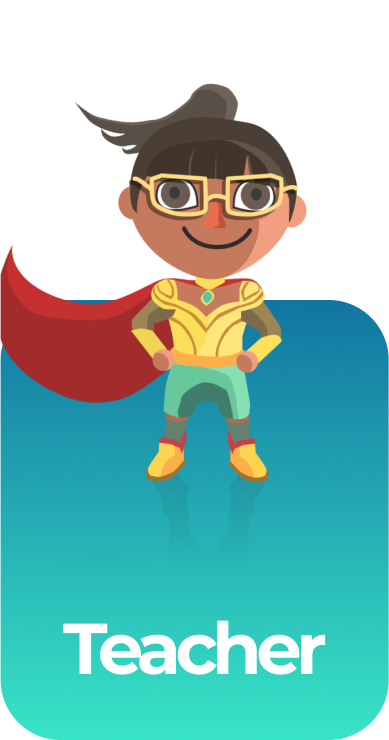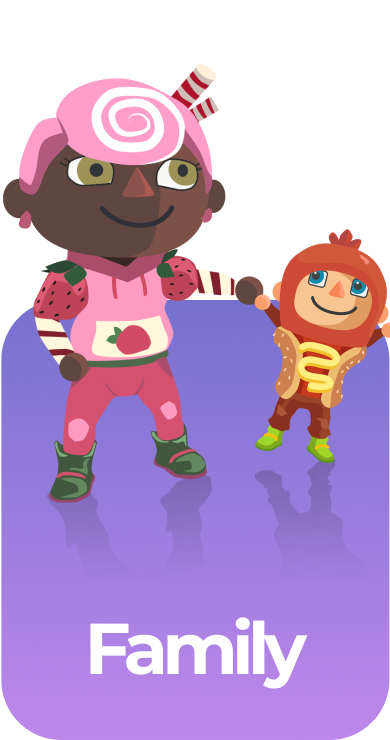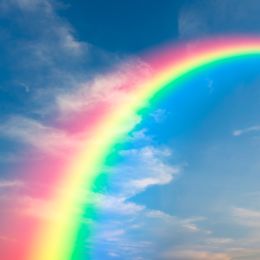Cycles of Matter and Energy Transfer in Ecosystems Science Games
5 gamesIn this series of games, your students will learn about cycles between the air and soil and among plants, animals, and microbes as these organisms live and die. Cycles of Matter and Energy Transfer in Ecosystems learning objective — based on NGSS and state standards — delivers improved student engagement and academic performance in your classroom, as demonstrated by research.
Scroll down for a preview of this learning objective’s games and the concepts.
Concepts Covered
An ecosystem includes all of the living organisms and nonliving components in a shared environment. Matter cycles between air, soil, plants, animals, and microbes as the organisms live and die. Matter cycles within different systems, such as within an organism, an ecosystem, and even the Earth. A food web shows how matter and energy move in an ecosystem.
Organisms obtain air and water from their environment and release waste matter back into the environment. Carbon flows between organisms and the environment in a process called the carbon cycle. A producer is an organism that can produce its own food to obtain energy. Consumers are animals that eat other organisms to obtain energy. Decomposers are organisms that break down dead plant and animal remains.
Photosynthesis occurs when plants absorb energy from sunlight through their leaves. Photosynthesis is a chemical process that forms plant matter from the energy in sunlight as well as air and water. Plants obtain the material for growth mostly from air and water. An aquatic ecosystem includes bodies of freshwater or saltwater. Dry-land ecosystems include deserts, grasslands, rainforests, and forests.
A preview of each game in the learning objective is found below.
You can access all of the games on Legends of Learning for free, forever, with a teacher account. A free teacher account also allows you to create playlists of games and assignments for students and track class progress. Sign up for free today!






